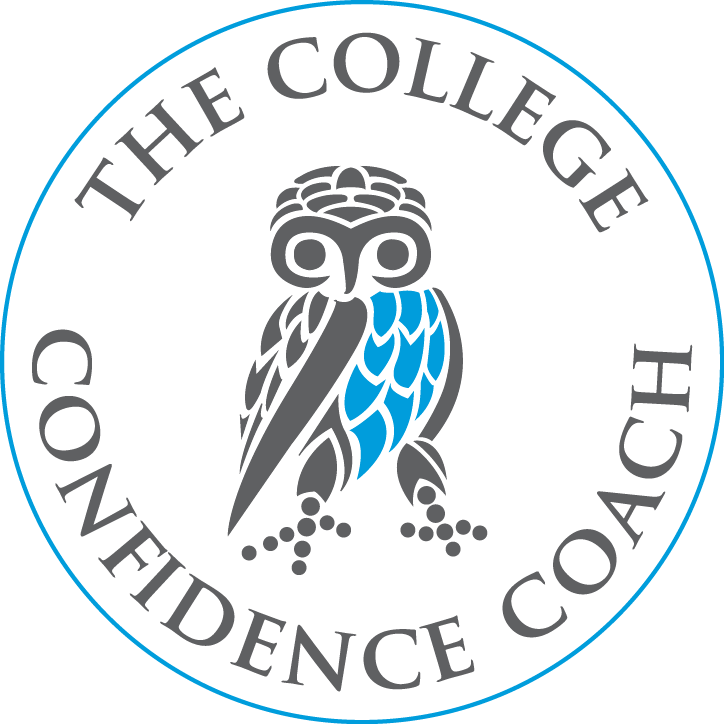THREE TIPS FOR NAILING YOUR COLLEGE APPLICATIONS.
2018 was a breakthrough year in the college admissions space. If you have met me or followed any of my content, I am a firm believer that the collegiate landscape has severely tilted in favor of the applicants and have been on record calling it a “buyers market.”
With retention rates continuing to decrease and the average time it is taking students to graduate increasing, colleges are now scrambling to find applicants who will not hurt their statistics or rankings on US News & World Report, Collegeboard, and other college search engines. Let me make this next point perfectly clear:
THIS IS A GREAT THING FOR YOU!
Last year was by far our most successful application process at The College Confidence Coach. We had a 92% acceptance rate and received a cumulative 3.2 million dollars offered to our graduating class and their families in merit-based aid.
In addition to those outstanding numbers, we were also proud to gain acceptances for students to schools which they would never have dreamed possible. Humbly, we have perfected our craft and are now paving the way for students to find and attend their right-fit colleges while saving them and their parent's lots of money in the long run.
Our soon to be seniors are almost entirely finished with their 2019 applications, essays, and supplemental questions. They are prepared and ready to be amongst the first applicants to submit applications to their carefully selected schools. We expect nothing but even more significant results for them and are proud to be on their collegiate planning teams.
This year we have made a firm commitment to growing and scaling our process by putting a cap on the number of students each of our coaches can work with on a month to month basis. As such, we have narrowed our selection and invitation process to only grant access to the program to students and their families who are committed to a bigger, better future, who are coachable and willing to take our expert advice to heart, and most importantly, follow that advice firmly.
If you are entering your senior year and have not yet completed your collegiate selection process, we highly encourage you to ramp up the intensity and offer you the following tips to make your own collegiate planning journeys more successful. If you feel that you are in danger of making mistakes, please, do not hesitate to reach out. Though are quota’s for August are already full our waiting list is open, and September families will begin being chosen within the next two weeks.
TIP #1: MAKE SURE YOU FOLLOW THE COMMON APP ESSAY DIRECTIONS: It is great to have a diverse vocabulary and showcase it within the body of your college essays, however, too often we see drafts done by students that try too hard to sound exquisite and miss the very first direction in the instructions. “Write clearly and concisely to answer the prompt that you have selected.” It is much more important to college admissions advisors to understand the prompt you are working towards explaining than it is for them to hear you use fancy words and phrases.
TIP #2: DO NOT WAIT UNTIL SCHOOL STARTS TO ASK FOR YOUR LETTERS OF RECOMMENDATION: We are firm believers in submitting applications early to schools that may seem like a reach quantitatively (GPA, SAT/ACT, etc.), Though you may submit your applications without your letters of recommendation attached, colleges find it annoying when they review your application and have to wait for those letters to come in later in order to finalize their decisions. Contact the teachers, coaches, and counselors you plan to ask for LOR’s now and tell them you are committed to submitting your applications early and that you would appreciate their help in having those applications be complete with their kind sentiments.
TIP #3: DIVERSIFY YOUR ACTIVITY TYPES: The qualitative components of your applications (Essay, Questions, and Activities), have never been more critical than now. How do you think schools are deciding which of the potential candidates won’t hurt the statistics mentioned earlier? By seeking well-rounded people who have a diverse mix of activities on their applications. The common application has a long list of activity types for a reason - get creative and diversify the types of activities that you are telling them you have been involved with.
With these simple tips, you will be on your way to acceptance packets in the mail and in your inbox sooner than later. If you are reading this as a high school junior or younger (or the parent of a student in that age group), now is the time to get started on planning out your own collegiate journey - it is indeed never too early to begin.
Good luck class of 2019, and remember, we are only one quick call away from helping you navigate the first steps, of the rest of your life.







